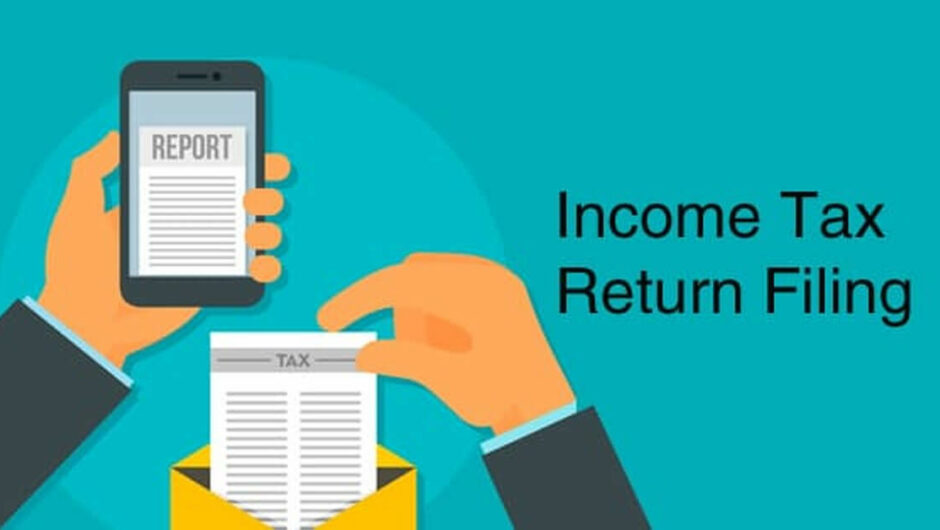If you’re looking to lessen your tax burden and boost your returns, there are seven tax-saving investment options worth taking into considering. In this article, we’ll discuss these seven tax-saving investments, providing essential information to help you make the best decision for your financial future. Start saving on taxes today by learning more about these seven investments!
7 Tax Saving Investment
1. 401(k)
A 401(k) is a retirement savings plan that allows workers to set aside a portion of their wages for retirement. It is a type of tax–deferred investment plan that is sponsored by employers and allows employees to save for retirement on a pre–tax basis. The name 401(k) comes from the section of the Internal Revenue Code which governs these plans.
One of the primary benefits of a 401(k) is that it allows workers to save for retirement on a pre–tax basis. This means that any contributions made to the plan are subtracted from the worker‘s taxable income, thus reducing their tax liability.
Finally, Workers can choose from a variety of investment options within the plan and can adjust their contributions as their needs and financial goals change over time. This makes it an ideal retirement savings vehicle for those who want to have control over their investments and make informed decisions about their retirement savings.
2. Traditional IRA
A Traditional IRA is an investment option that allows you to save and invest for retirement in a tax–advantaged manner. It is a great way to save and invest for retirement without having to pay taxes on the contributions or the earnings.
A Traditional IRA offers a variety of benefits. Firstly, it allows you to save for retirement in a tax–advantaged manner, meaning you will not have to pay taxes on your contributions or the earnings until you begin withdrawing from the account. Secondly, you have the potential to maximize your retirement savings with an IRA, as contributions are usually tax–deductible. Finally, you have the flexibility to choose from a variety of investments, such as stocks, bonds, mutual funds, and CDs, which can help you diversify your holdings and potentially increase returns.
Overall, a Traditional IRA is an excellent way to save and invest for retirement in a tax–advantaged manner. With its potential to maximize your retirement savings and the flexibility to choose from a variety of investments, it is an ideal option for those looking to save for retirement.
3. Tax Saving Investment
Roth IRA is a tax–advantaged investment account that allows individuals to save for retirement. Contributions to a Roth IRA are made with after–tax dollars, meaning the money you put into it has already been taxed. Your contributions grow tax–free and are not taxed when you make withdrawals in retirement.
Roth IRAs offer a number of significant benefits. First, contributions are never taxed, so you don’t have to pay taxes on the money you invest. Second, withdrawals in retirement are not taxed, so you won’t be hit with a tax bill on the money you’ve saved. Third, you can make contributions at any age, so you can start saving for retirement even if you’re already in your 50s or 60s.
Finally, Roth IRAs have a number of other tax benefits, such as the ability to withdraw your contributions at any time without penalty.
4. Health Savings Account (HSA)
Health Savings Account (HSA) is an innovative tax savings investment option that allows individuals to save for future medical expenses. It is a special account where you can save money for healthcare expenses on a tax–free basis. The account is funded by the individual and contributions are made on a pre–tax basis.
Through a Health Savings Account, individuals can benefit in several ways. Firstly, contributions to a HSA are made on a pre–tax basis, thereby reducing your taxable income and saving you money on taxes. Additionally, any funds withdrawn from the account for qualified medical expenses are tax–free. Furthermore, any funds remaining in the account will rollover from year to year, allowing you to accumulate funds for future medical expenses.
Finally, the funds in the account can also be invested in certain investments, allowing you to potentially earn more money on your contributions.
5.529 Plan
Tax season can be a stressful and confusing time for many, but it doesn‘t have to be! Investing in a 5.529 plan can be a great way to save on taxes while investing in your future. A 5.529 plan is an education savings plan run by the state, and it can potentially provide significant tax savings for both you and your children.
For starters, investing in a 5.529 plan allows you to save money for your children‘s college expenses without having to pay taxes on the contributions. Furthermore, the money in the 5.529 plan can be used to pay for tuition, books, room and board, and other qualified education expenses. And since the money grows tax–free, you‘ll be able to maximize the amount of money you can save over the long–term.
Finally, the 5.529 plan is a great way to get your children involved in their own education and future. Investing in a 5.529 plan can be a great way to save on taxes while investing in your children‘s future. Consider exploring your state‘s plan options and start investing today!
6.Tax Free Bonds
Tax–free bonds are an excellent option for those looking to invest in a way that is both safe and tax efficient. These bonds are issued by governments and other entities to finance public works projects.
One of the main benefits of tax–free bonds is that the interest earned is not subject to federal, state, or local income taxes. Another advantage of tax–free bonds is that they are relatively easy to purchase. Finally, tax–free bonds are often a great choice for those looking for a long–term investment. These bonds can mature after as much as 30 years, providing a steady stream of income over the lifetime of the bond.
Overall, tax–free bonds are an excellent choice for those looking to save on taxes while still investing in a low–risk investment. For those looking for a tax–efficient way to invest, tax–free bonds are definitely worth considering.
7.Municipal Bonds
Municipal bonds are one of the most popular tax-saving investments, and for good reason. Municipal bonds are issued by state or local governments and can offer a variety of tax advantages including tax-exempt interest income, lower capital gains taxes, and a potential for a larger return on investment.
The first advantage of investing in municipal bonds is that the income generated by these investments is exempt from federal income tax. This means that you can earn more from your investment without having to pay taxes on the income. They are generally considered to be low-risk investments, so you won’t have to worry about your money disappearing during market downturns.
Overall, municipal bonds can be an excellent way to save on taxes while investing in a low-risk, stable asset. By taking advantage of the tax-exempt interest income and lower capital gains taxes, you can maximize your returns while supporting your community.
Conclusion
Overall, tax savings investments can be a smart way to reduce your taxable income and build your wealth at the same time. With the perfect plan and right research, you can make the most of these investments and reach your financial goals. Furthermore, these investments can be adjusted to your one’s need, so you can maximize the tax savings you receive. On the whole, tax savings investments are an amazing way to keep more of your money out of the hands of the government.












